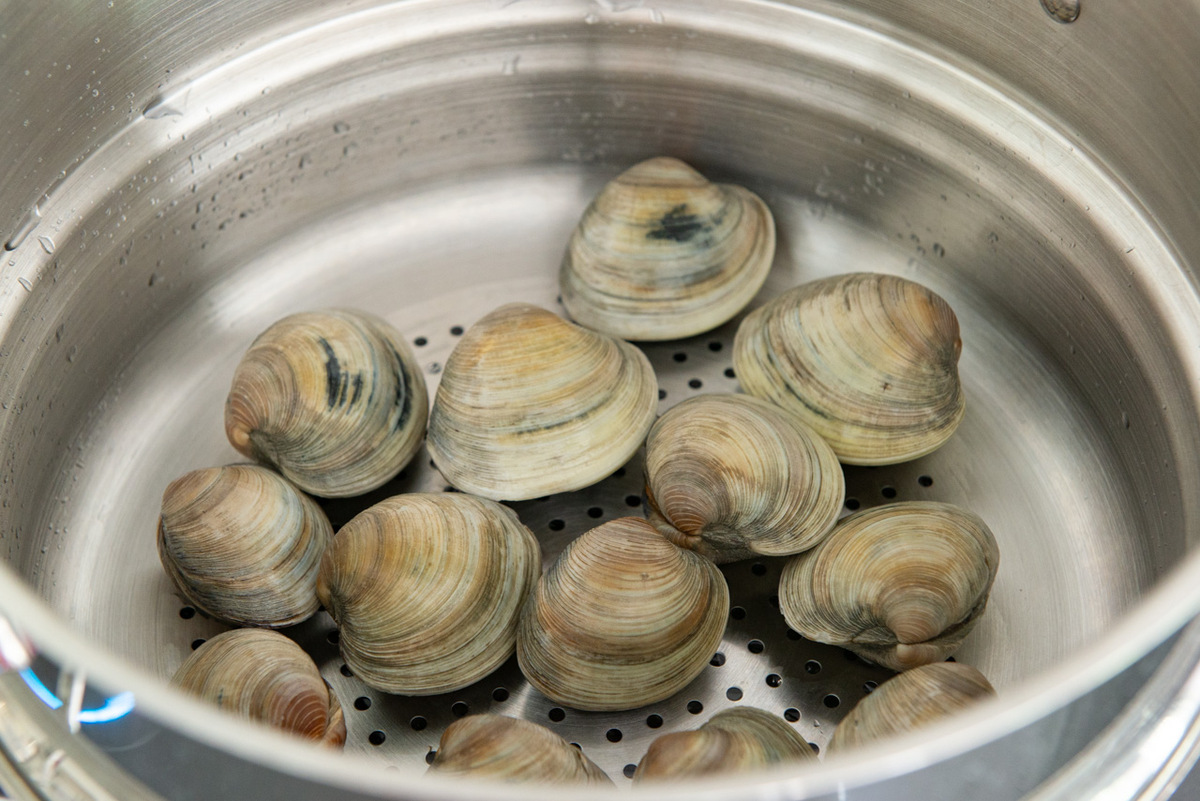

Articles
How To Store Clams Before Cooking
Modified: August 17, 2024
Find out the best methods for storing clams before cooking in this informative article. From refrigeration to purging, we have you covered.
(Many of the links in this article redirect to a specific reviewed product. Your purchase of these products through affiliate links helps to generate commission for Storables.com, at no extra cost. Learn more)
Introduction
When it comes to cooking seafood, there’s nothing quite like the rich and briny taste of fresh clams. Whether you’re planning to make a hearty bowl of clam chowder or a classic linguine with clam sauce, the key to achieving delicious results lies in the quality of the clams. Properly storing clams before cooking is essential to maintaining their freshness and flavor.
Clams are highly perishable and sensitive to changes in temperature, so it’s crucial to handle them with care. By following the right storage methods, you can ensure that your clams remain in optimal condition, allowing you to enjoy their natural sweetness and delicate texture when it’s time to prepare your favorite dish.
In this article, we will explore the importance of proper clam storage and share various methods to keep your clams fresh and safe to consume. Whether you picked up some fresh clams from the fish market or harvested them yourself from the shoreline, these storage techniques will help you maintain their quality until you’re ready to cook with them.
Key Takeaways:
- Properly storing clams is essential for maintaining their freshness, flavor, and safety. Whether in the refrigerator, with a cool wet towel, or in a saltwater solution, each method preserves the delicate taste and texture of the clams.
- Choosing the freshest clams and following proper storage techniques ensures that every seafood dish is filled with the delicious flavors of the sea. From short-term methods like refrigeration and ice storage to long-term freezing, there are various ways to keep clams fresh and safe to eat.
Read more: How To Store Cooked Clams
Importance of Proper Storage
Properly storing clams is crucial for several reasons. First and foremost, it ensures that the clams remain fresh and safe to eat. Clams are highly sensitive to changes in temperature and can spoil quickly if not stored correctly. Eating spoiled clams can lead to foodborne illnesses and unpleasant digestive issues.
Secondly, storing clams properly helps maintain their flavor and texture. Fresh clams have a delicate taste and a tender texture that can be compromised if they are not stored correctly. Without proper storage, the clams may become tough, rubbery, or acquire a foul smell.
Lastly, proper storage extends the shelf life of clams. By implementing the right storage techniques, you can keep clams fresh for a longer period, allowing for more flexibility in meal planning and reducing food waste.
Now that we understand the importance of proper storage, let’s explore some effective methods for storing clams to ensure their freshness and quality.
Choosing Fresh Clams
Before diving into the various storage methods, it’s essential to start with fresh clams. Selecting the right clams will set the foundation for a delicious seafood dish. Here are some tips to help you choose the freshest clams:
- Look for clams that are tightly closed. An open clam indicates that it is dead and should be avoided.
- Check the shell for any cracks or chips. A damaged shell can be a sign of spoilage.
- Give the clams a gentle tap on a hard surface. If they close their shells, it’s a good sign that they are alive and fresh.
- Inspect the color of the clam shells. Fresh clams should have a shiny and clean appearance.
- Avoid clams with an overly fishy or ammonia-like odor, as it may indicate that they are not fresh.
It’s also worth noting that different varieties of clams have slightly different taste profiles. Some common types of clams include littleneck clams, Manila clams, and razor clams. Each variety has its own unique flavor and texture, so choose the type that best suits your culinary preferences.
Once you’ve carefully selected your fresh clams, it’s time to store them properly to maintain their freshness and quality.
Storing Clams in the Refrigerator
One of the most convenient and effective methods for storing clams is in the refrigerator. Follow these steps to keep your clams fresh and safe:
- Start by rinsing the clams under cold running water to remove any dirt or sand.
- Inspect the clams and discard any that are cracked, open, or damaged.
- Place the clams in a bowl or container, ensuring they are in a single layer.
- Cover the bowl or container with a damp kitchen towel or damp paper towels. The moisture will help keep the clams hydrated.
- Store the clams in the coldest part of your refrigerator, ideally at a temperature between 32°F to 40°F (0°C to 4°C).
- Make sure to consume the clams within 24 to 48 hours for optimal freshness.
It’s important to note that clams have a limited shelf life, so it’s best to cook them as soon as possible after purchase or harvest. Additionally, do not store clams in airtight containers or immerse them in water, as this can suffocate the clams and compromise their quality.
Now that you know how to store clams in the refrigerator, let’s explore another method using a cool wet towel.
Using a Cool Wet Towel Method
Another effective method for storing clams is the cool wet towel method. This technique helps maintain the clams’ moisture and prevents them from drying out. Here’s how you can use this method:
- Prepare a clean kitchen towel or several layers of damp paper towels.
- Rinse the clams under cold running water to remove any dirt or sand.
- Inspect the clams and discard any that are cracked, open, or damaged.
- Spread the damp towel on a tray or plate.
- Arrange the clams in a single layer on the damp towel.
- Gently fold the towel over the clams, covering them completely.
- Place the tray or plate in the refrigerator.
- Check the clams daily and replace the damp towel if it becomes dry.
By following this method, the cool and moist environment created by the towel helps keep the clams hydrated and prevents them from drying out. This preservation technique is particularly useful if you plan to store the clams for a few days before cooking.
Now, let’s explore another method that involves storing clams in a saltwater solution.
Store clams in the refrigerator in a breathable container, such as a mesh bag or a bowl covered with a damp cloth. Do not store them in an airtight container or directly in water.
Read more: How To Store Razor Clams
Storing Clams in a Saltwater Solution
Storing clams in a saltwater solution is a traditional method that helps keep the clams alive and fresh. The saltwater solution mimics the clams’ natural habitat and helps maintain their flavor and texture. Here’s how you can store clams in a saltwater solution:
- Prepare a solution by combining 1/3 cup of sea salt with one gallon of cool water. Make sure to use non-iodized salt, as iodine can be harmful to clams.
- Rinse the clams under cold running water to remove any dirt or sand.
- Inspect the clams and discard any that are cracked, open, or damaged.
- Place the clams in a clean container or bucket.
- Pour the saltwater solution over the clams, ensuring they are fully submerged.
- Cover the container or bucket with a clean cloth or lid.
- Store the clams in a cool location, such as a basement or refrigerator, at a temperature between 45°F to 55°F (7°C to 13°C).
- Change the saltwater solution every 24 to 48 hours to maintain its freshness.
It’s important to note that while this method helps keep the clams alive, it is still recommended to cook them as soon as possible for the best flavor and quality. The clams can be stored in the saltwater solution for a few days, but it’s always best to consume them as fresh as possible.
Now that you know how to store clams in a saltwater solution, let’s explore another method involving a bowl of ice.
Storing Clams in a Bowl of Ice
Another simple and effective method for storing clams is to keep them in a bowl of ice. This method helps maintain the clams’ temperature and keeps them fresh and hydrated. Here’s how you can store clams in a bowl of ice:
- Fill a large bowl or container with crushed ice or ice cubes.
- Rinse the clams under cold running water to remove any dirt or sand.
- Inspect the clams and discard any that are cracked, open, or damaged.
- Place the clams on top of the ice in a single layer.
- Cover the clams with a damp cloth or paper towel.
- Place the bowl in the refrigerator, ensuring it remains in a stable position.
- Check the clams regularly and add more ice as needed to keep them chilled.
This method creates a cool and humid environment that helps preserve the clams’ freshness and texture. The ice helps regulate the temperature, while the damp cloth or paper towel provides moisture to prevent the clams from drying out.
It’s important to note that storing clams in a bowl of ice is a short-term storage method and should be used when you plan to cook the clams within a day or two. For longer storage, consider other methods mentioned earlier.
Now that we’ve covered different methods for storing clams, let’s explore some additional tips for long-term storage.
Tips for Long-Term Storage
While clams are best enjoyed fresh, there may be occasions when you need to store them for a longer period. Here are some tips for long-term storage of clams:
- Choose the freshest clams possible. Clams with a longer shelf life will have a higher chance of staying fresh during storage.
- If you’re planning to store clams for an extended period, consider freezing them. To do this, shuck the clams, removing them from their shells, and place them in an airtight container or freezer bag. Ensure there is no excess air in the package to prevent freezer burn. Frozen clams can last up to three months in the freezer.
- Alternatively, you can store live clams in the freezer by blanching them first. Bring a pot of water to a boil and immerse the clams for 1-2 minutes. Then, transfer them to a bowl of ice water to cool. Once cooled, remove the clams from their shells and place them in a freezer-safe container.
- Label and date your stored clams to keep track of their freshness. This will help you prioritize the clams based on their storage time.
- When thawing frozen clams, place them in the refrigerator overnight to allow for a gradual thawing process. Avoid thawing clams at room temperature, as this can lead to bacterial growth.
- Once thawed, consume the clams immediately. Avoid refreezing previously frozen clams.
Remember, while these methods allow for long-term storage, the quality of the clams may deteriorate over time. It’s always best to consume clams as fresh as possible for the best taste and texture.
Now that you’re equipped with knowledge on proper clam storage, you can confidently enjoy your favorite seafood dishes with fresh and delicious clams!
Conclusion
Properly storing clams before cooking is essential to maintain their freshness, flavor, and quality. By following the appropriate storage methods, you can ensure that your clams remain safe to eat and retain their delicate taste and texture. Whether you choose to store them in the refrigerator, using a cool wet towel, a saltwater solution, or a bowl of ice, each method has its advantages in preserving the clams’ freshness.
Choosing fresh clams from the start is crucial, as it sets the foundation for a delicious seafood dish. Remember to look for tightly closed shells, inspect for any cracks or damage, and avoid clams with an unpleasant odor.
Storing clams in the refrigerator is a convenient method, as it only requires a suitable container and a damp towel to keep them hydrated. This method is ideal for short-term storage, and it is important to consume the clams within 24 to 48 hours for optimal freshness.
The cool wet towel method helps prevent the clams from drying out and is a suitable option if you need to store the clams for a few days before cooking. The moist towel creates a humid environment, keeping the clams fresh and ready to be enjoyed.
Storing clams in a saltwater solution mimics their natural habitat and helps maintain their flavor and quality. While this method keeps clams alive, it is still recommended to cook them as soon as possible for the best taste and texture.
For short-term storage and chilling, storing clams in a bowl of ice is a simple and effective method. The ice helps regulate the temperature, while a damp cloth or paper towel prevents the clams from drying out. This method is ideal when you plan to cook the clams within a day or two.
When it comes to long-term storage, freezing clams is a viable option. Properly packaged and labeled frozen clams can be stored in the freezer for up to three months. However, it’s important to note that frozen clams may not retain the same quality as fresh clams.
By implementing these storage techniques and considering the tips mentioned, you can make the most of your fresh clams, reducing waste and ensuring that every dish you prepare is filled with the delicious flavors of the sea.
So, the next time you indulge in a seafood feast or prepare a comforting clam chowder, rest assured that your properly stored clams will enhance the taste and elevate your culinary experience.
Frequently Asked Questions about How To Store Clams Before Cooking
Was this page helpful?
At Storables.com, we guarantee accurate and reliable information. Our content, validated by Expert Board Contributors, is crafted following stringent Editorial Policies. We're committed to providing you with well-researched, expert-backed insights for all your informational needs.
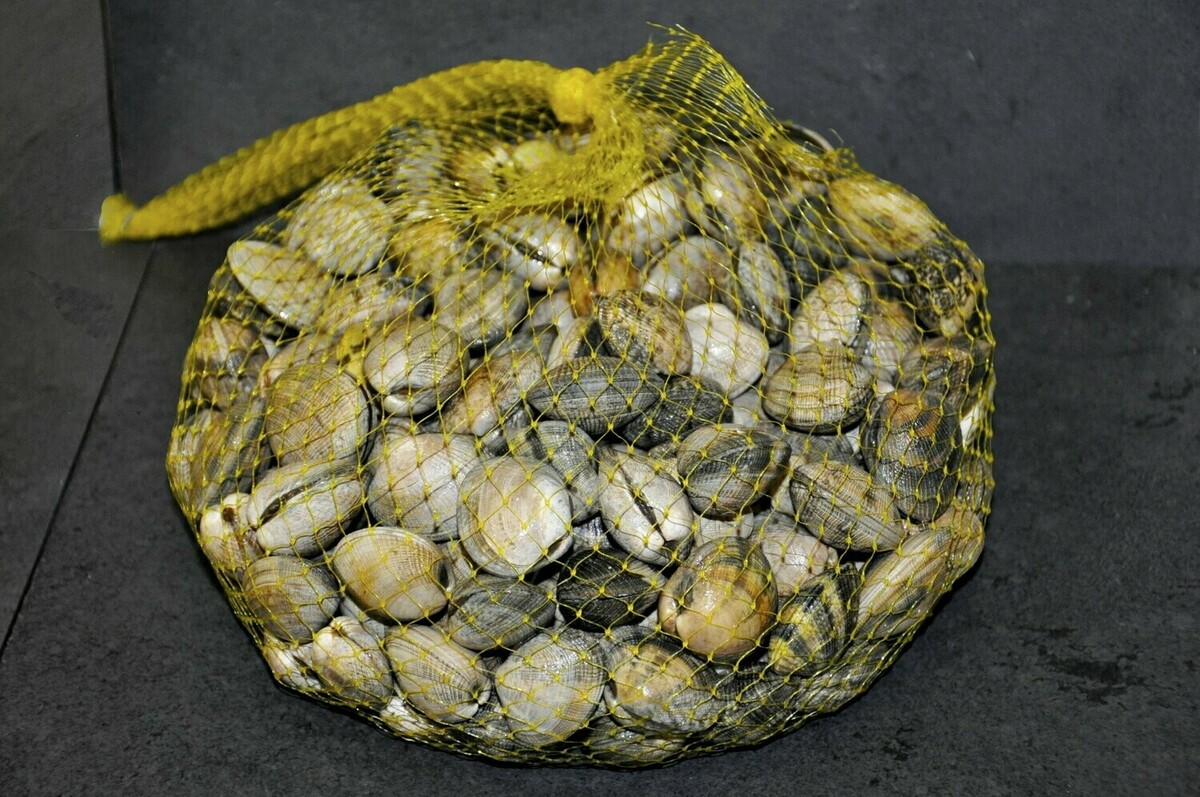

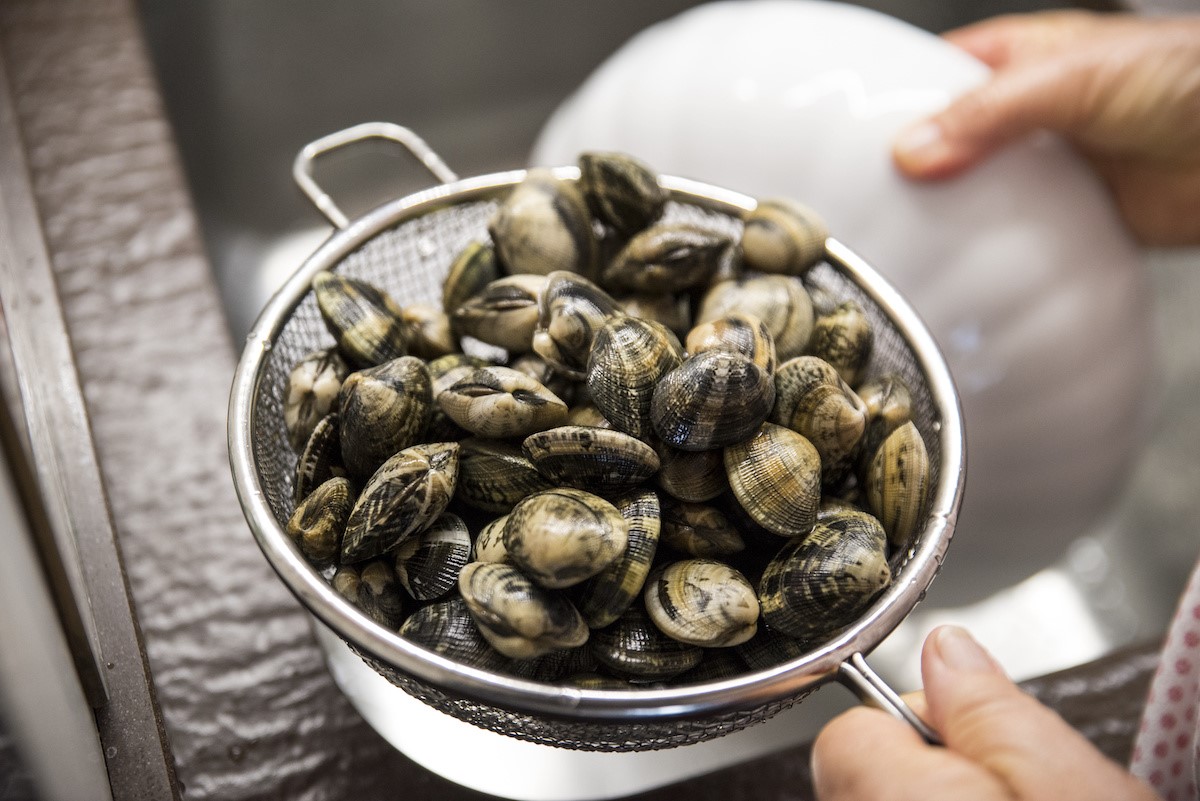
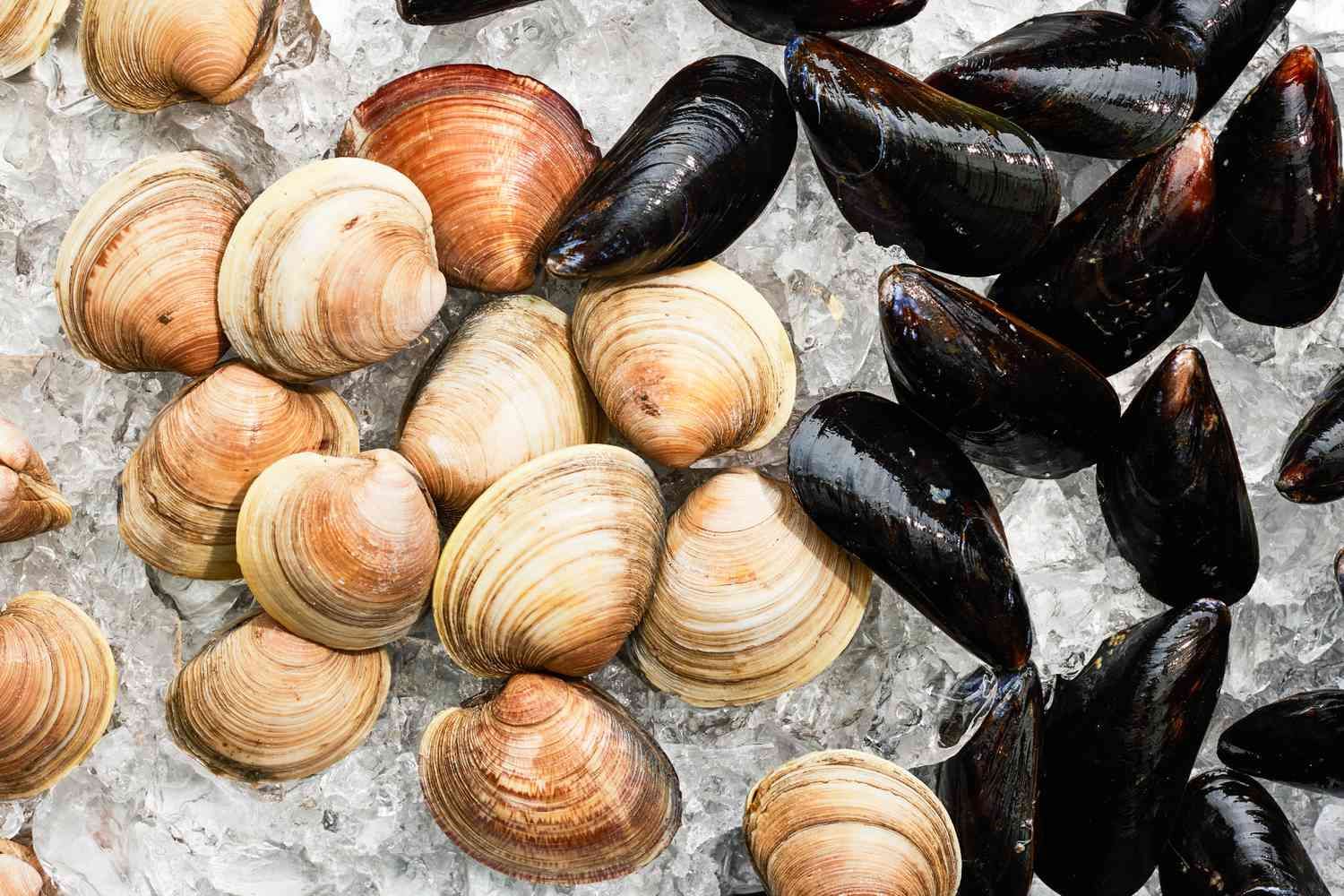
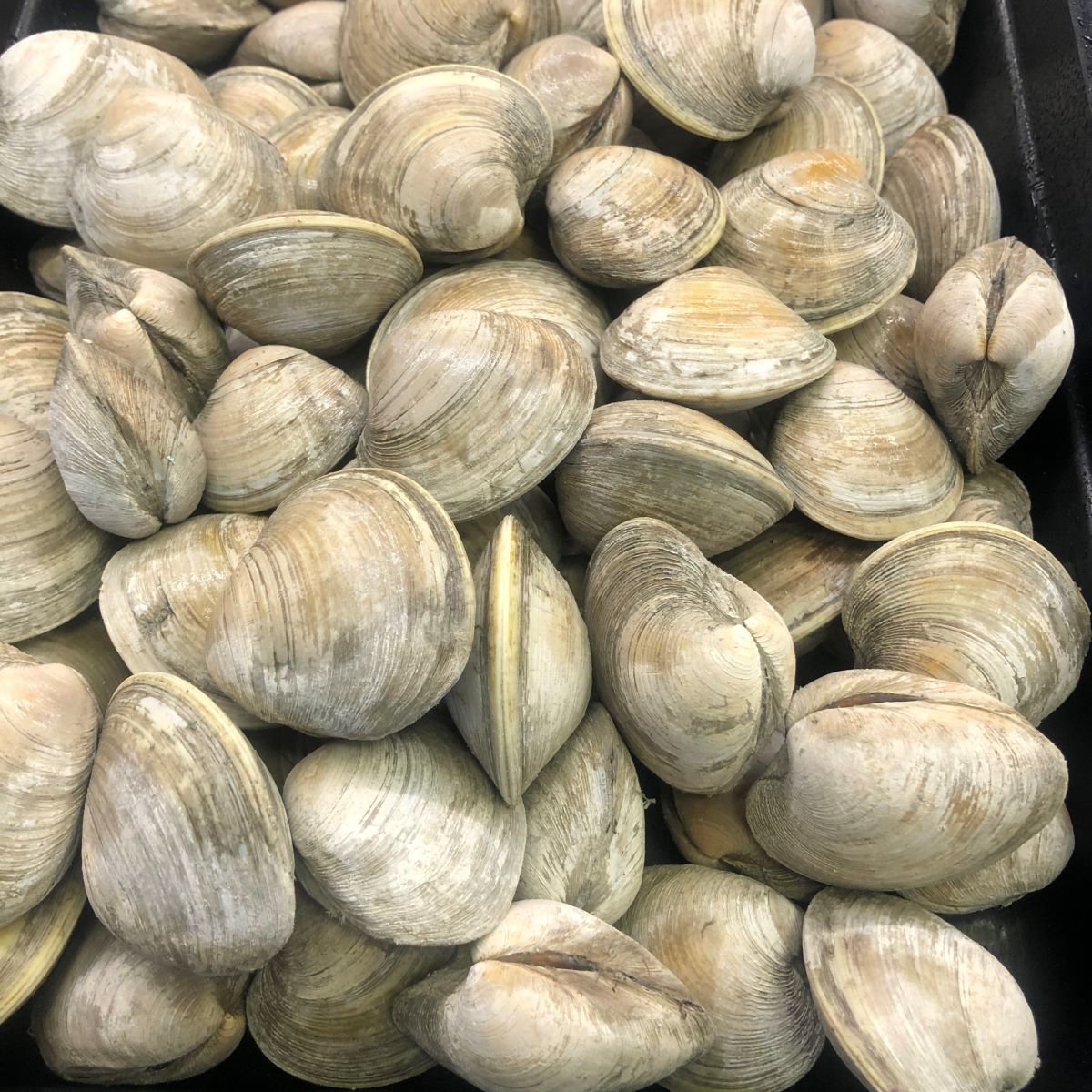


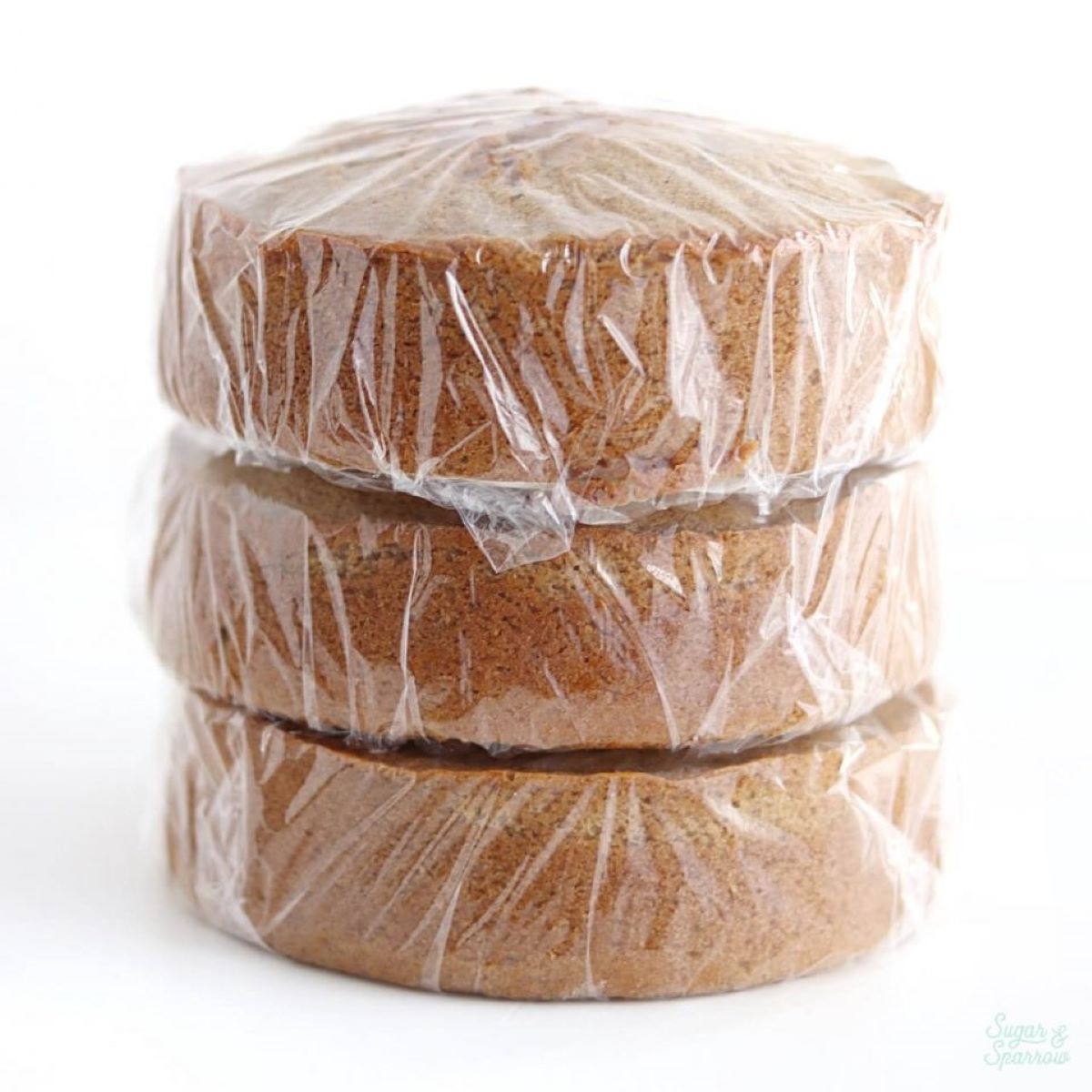
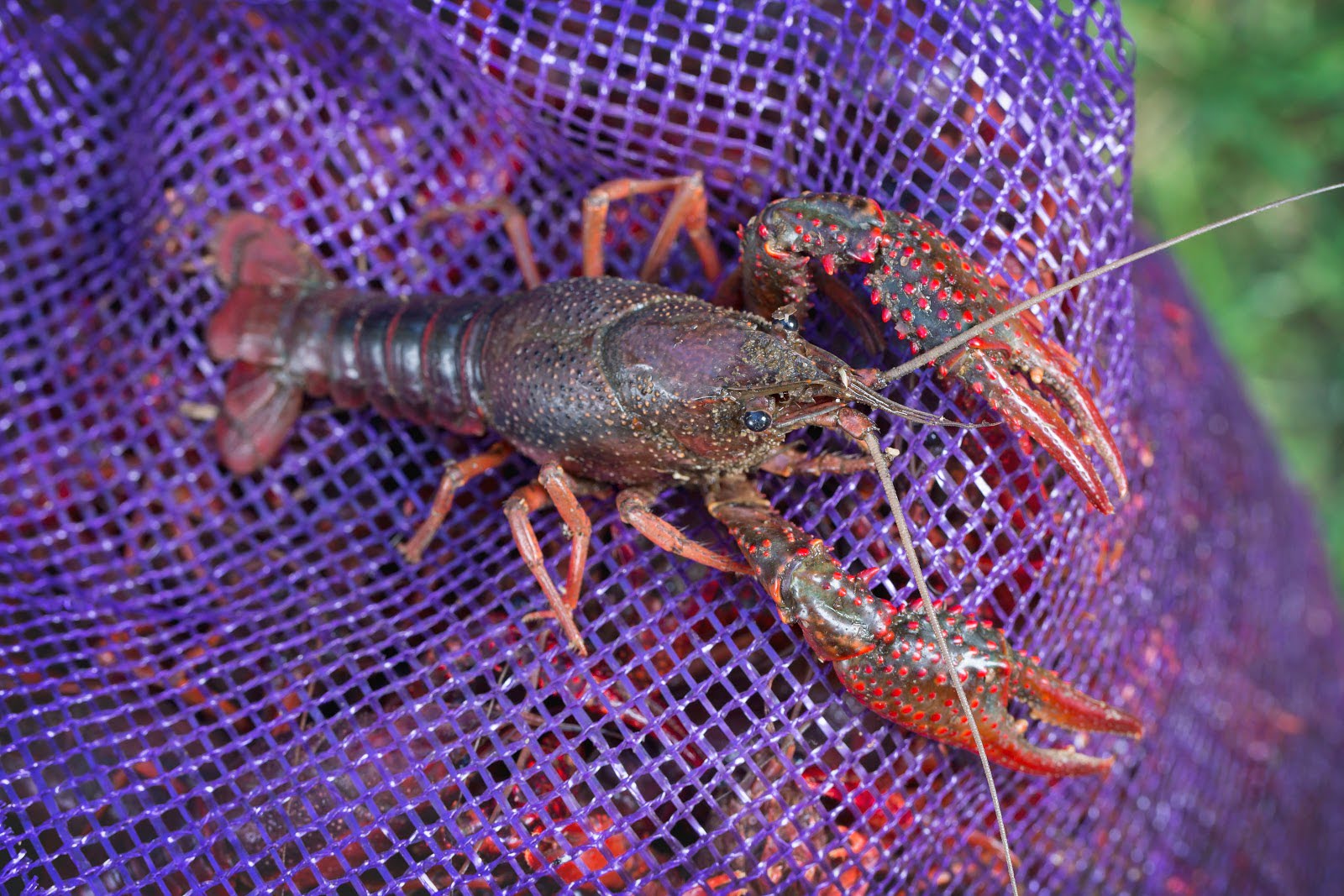

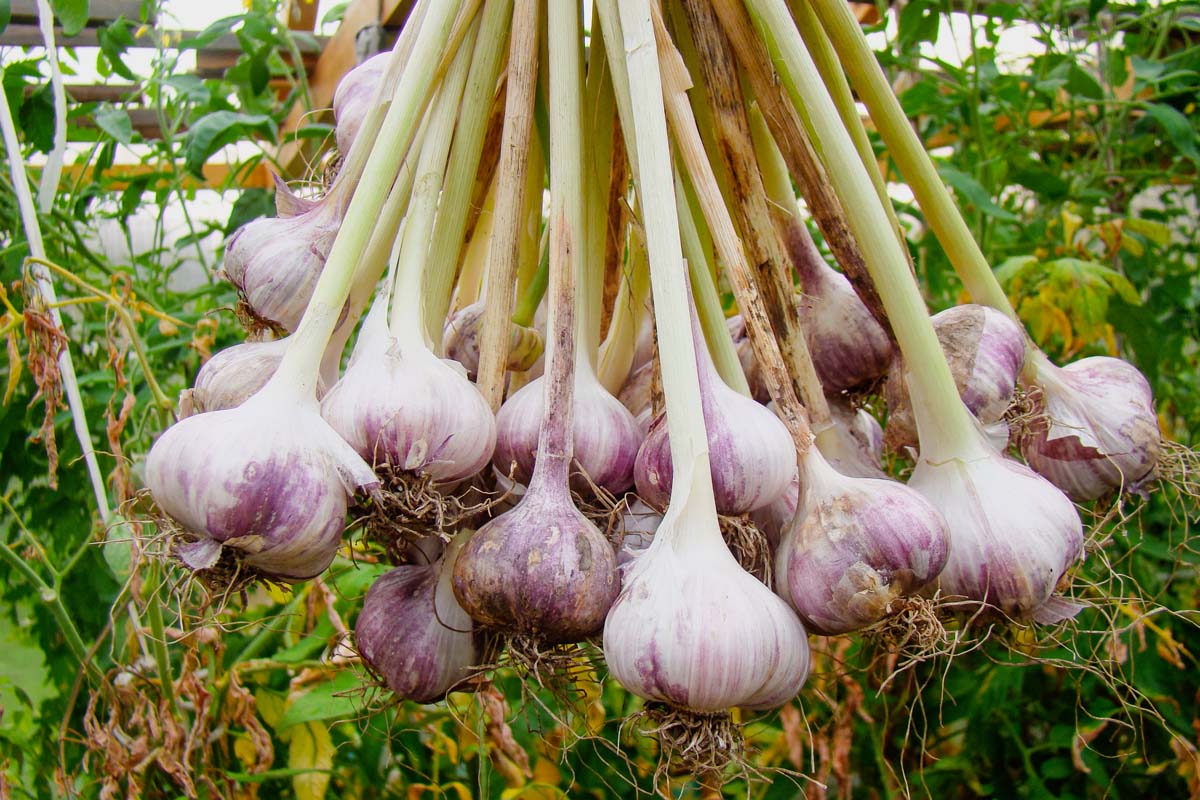
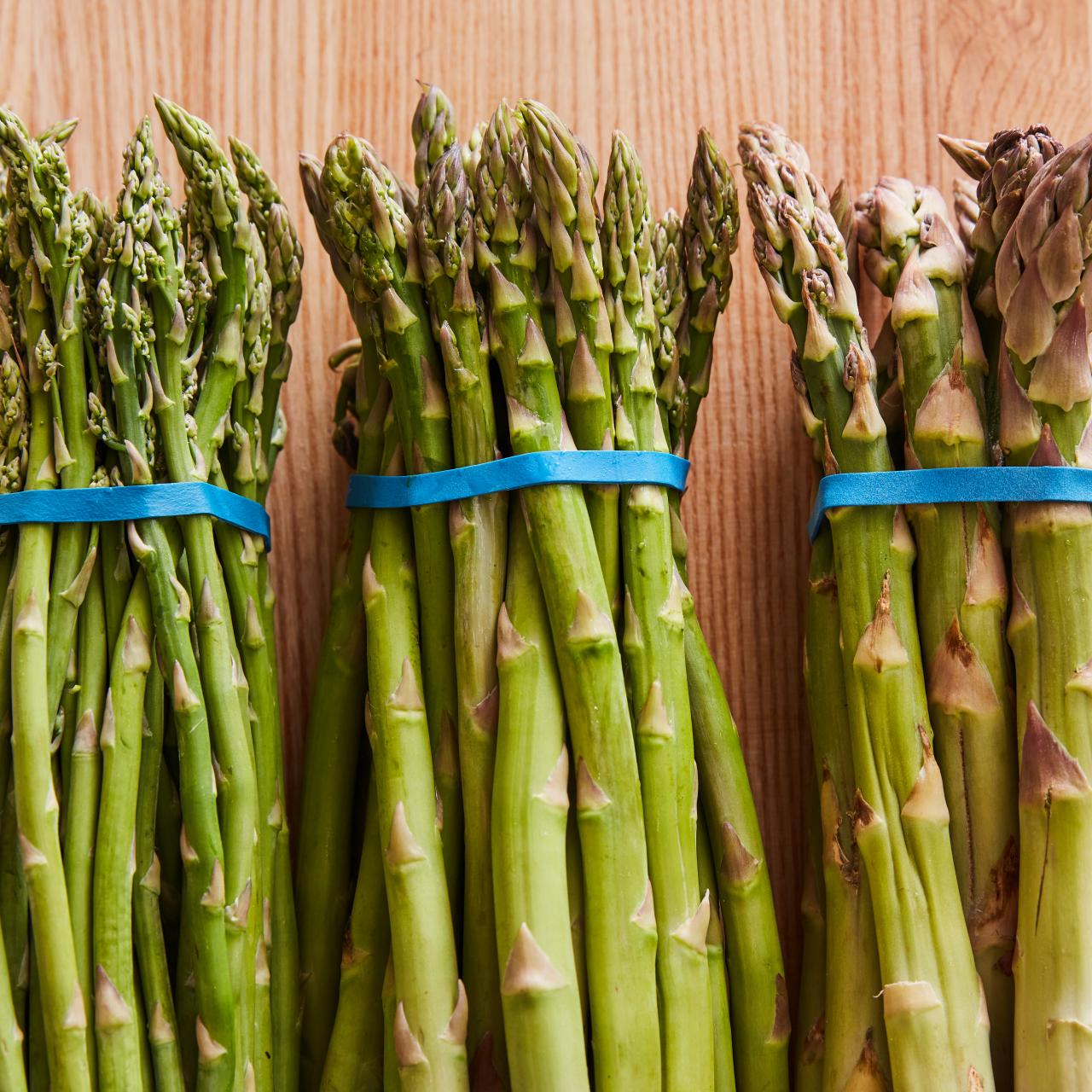
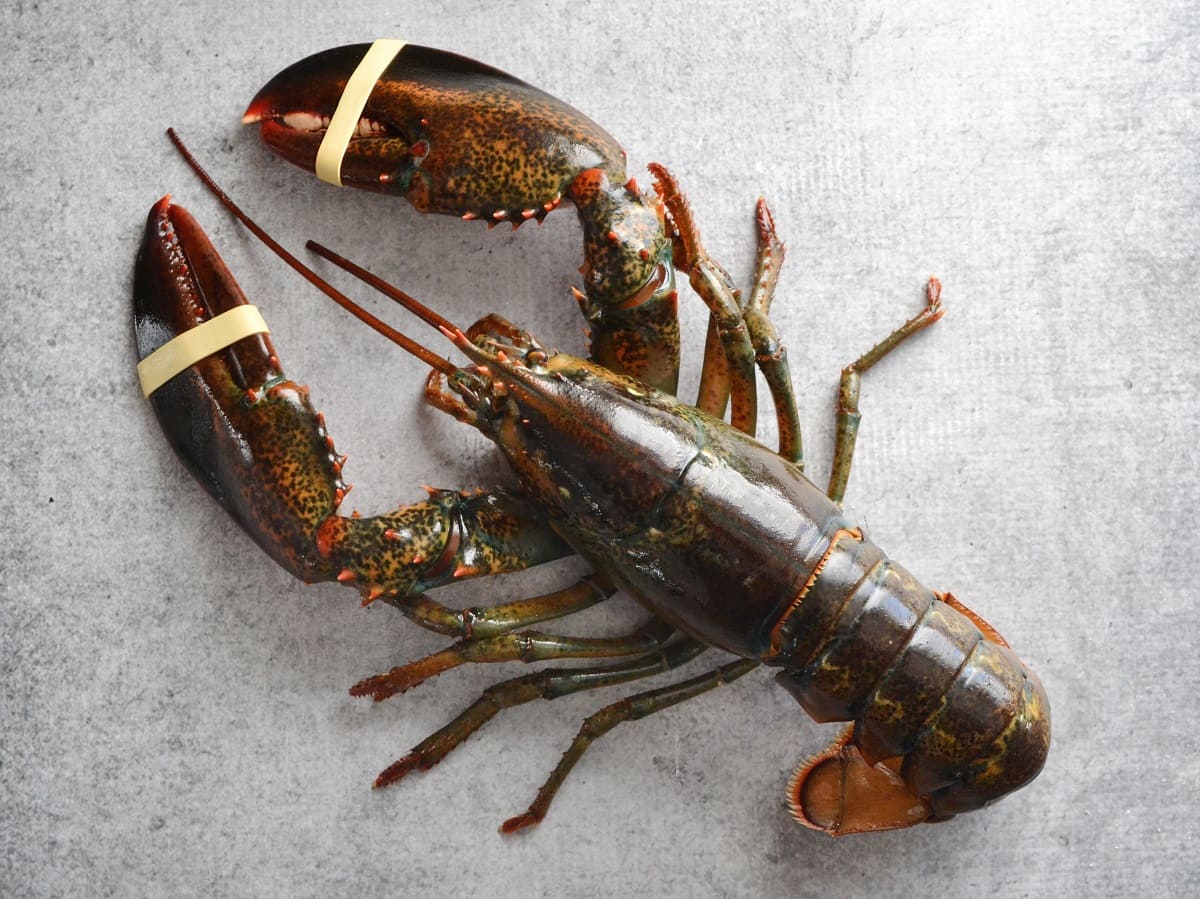
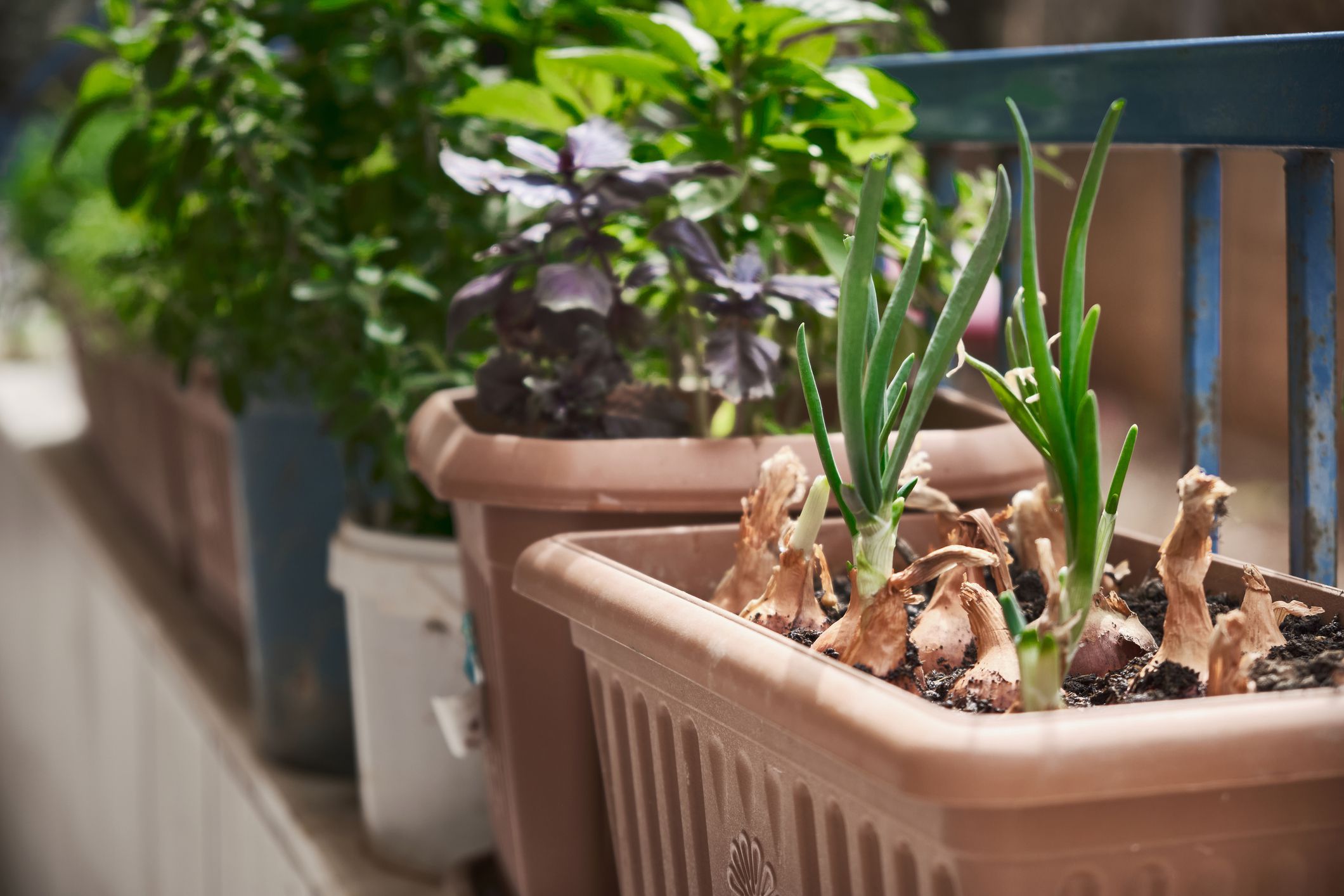

0 thoughts on “How To Store Clams Before Cooking”